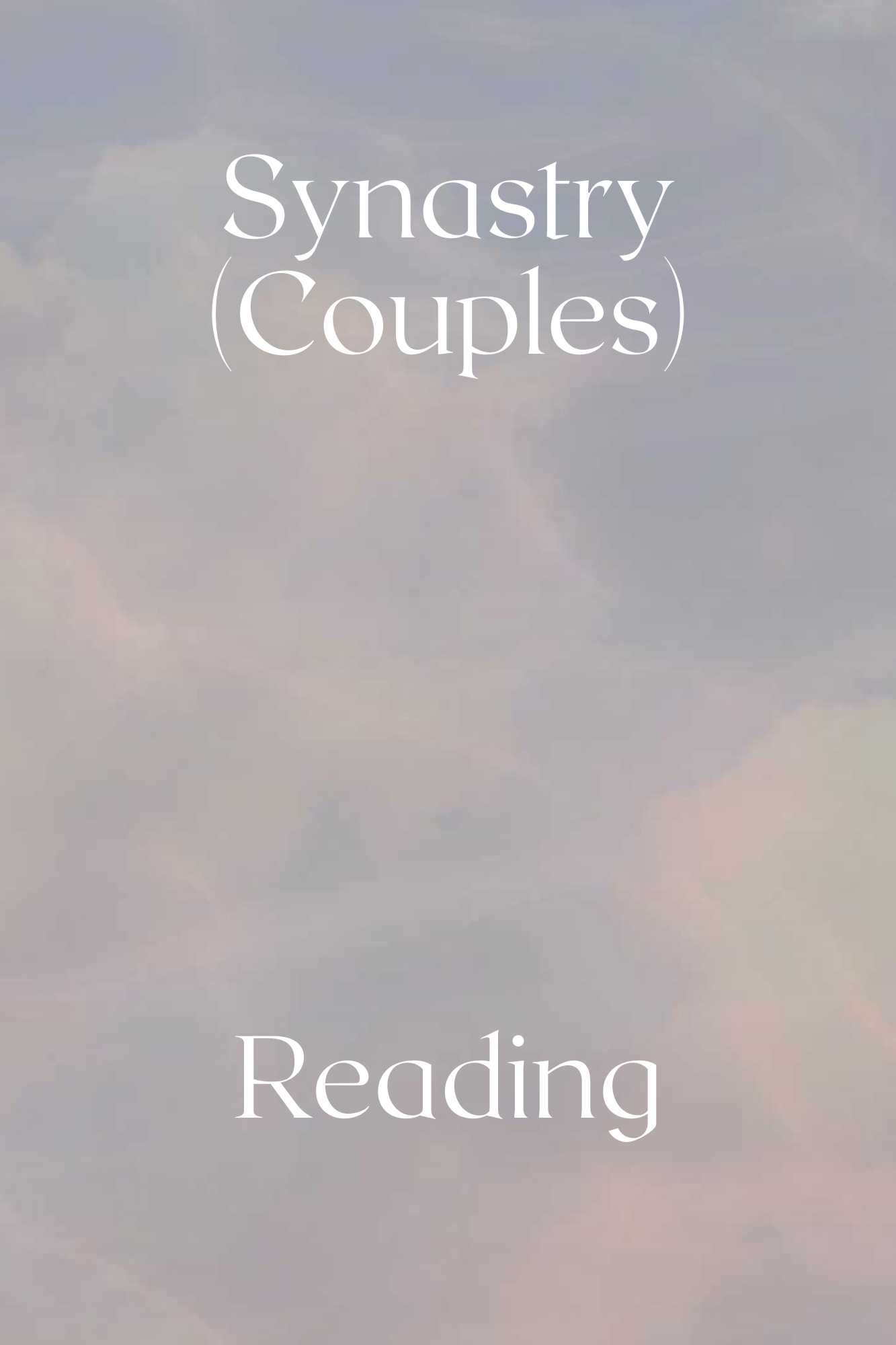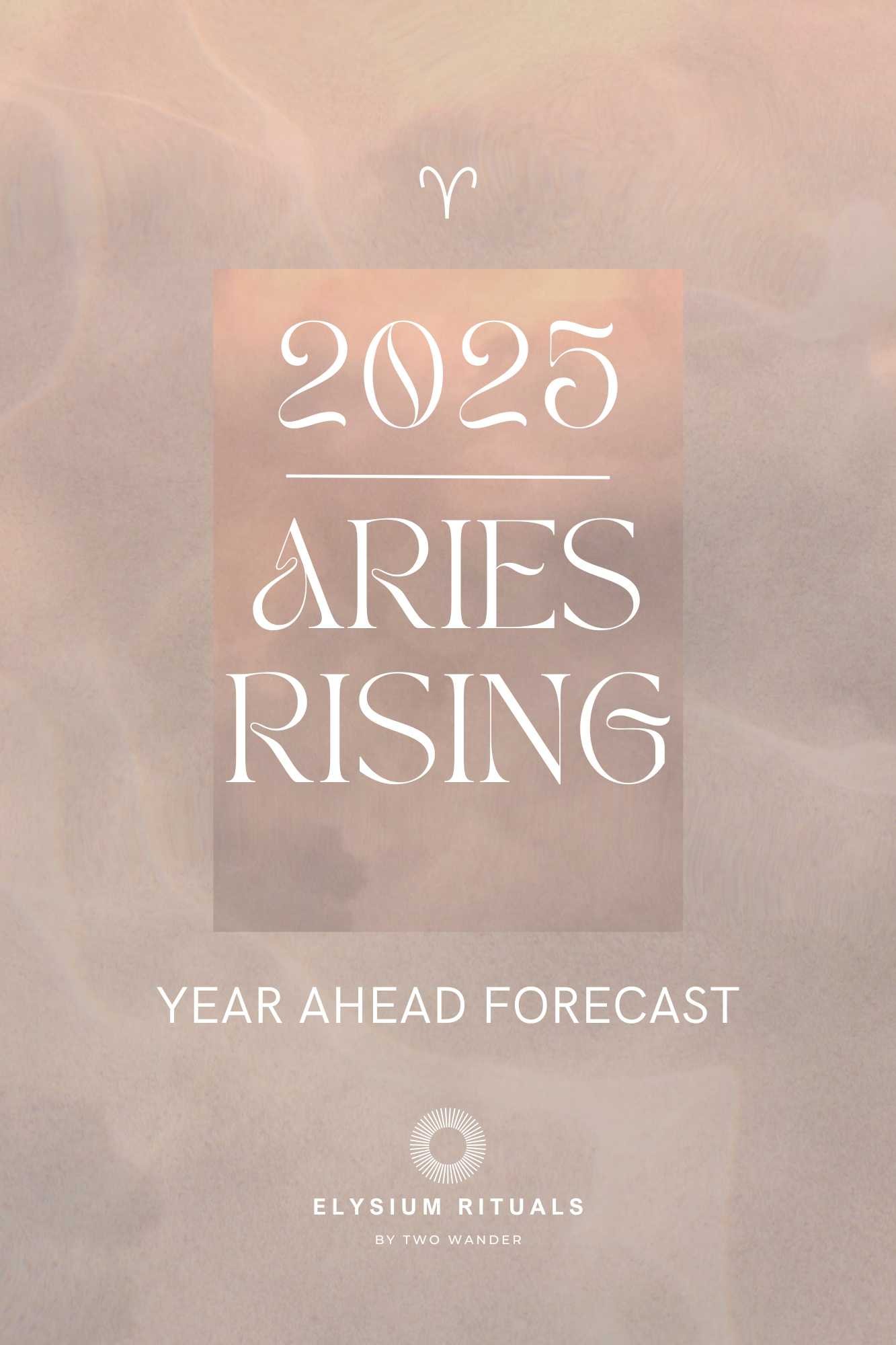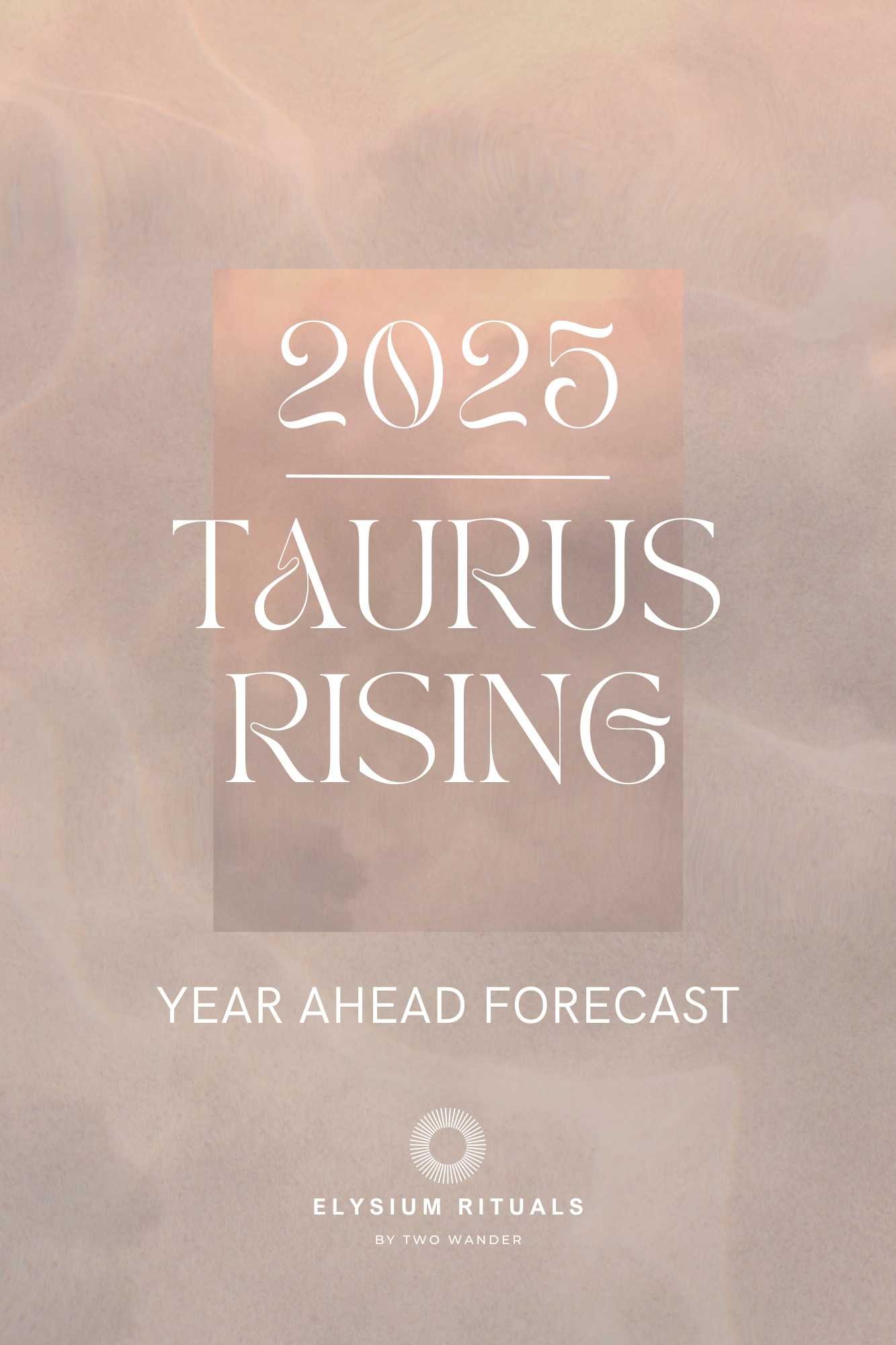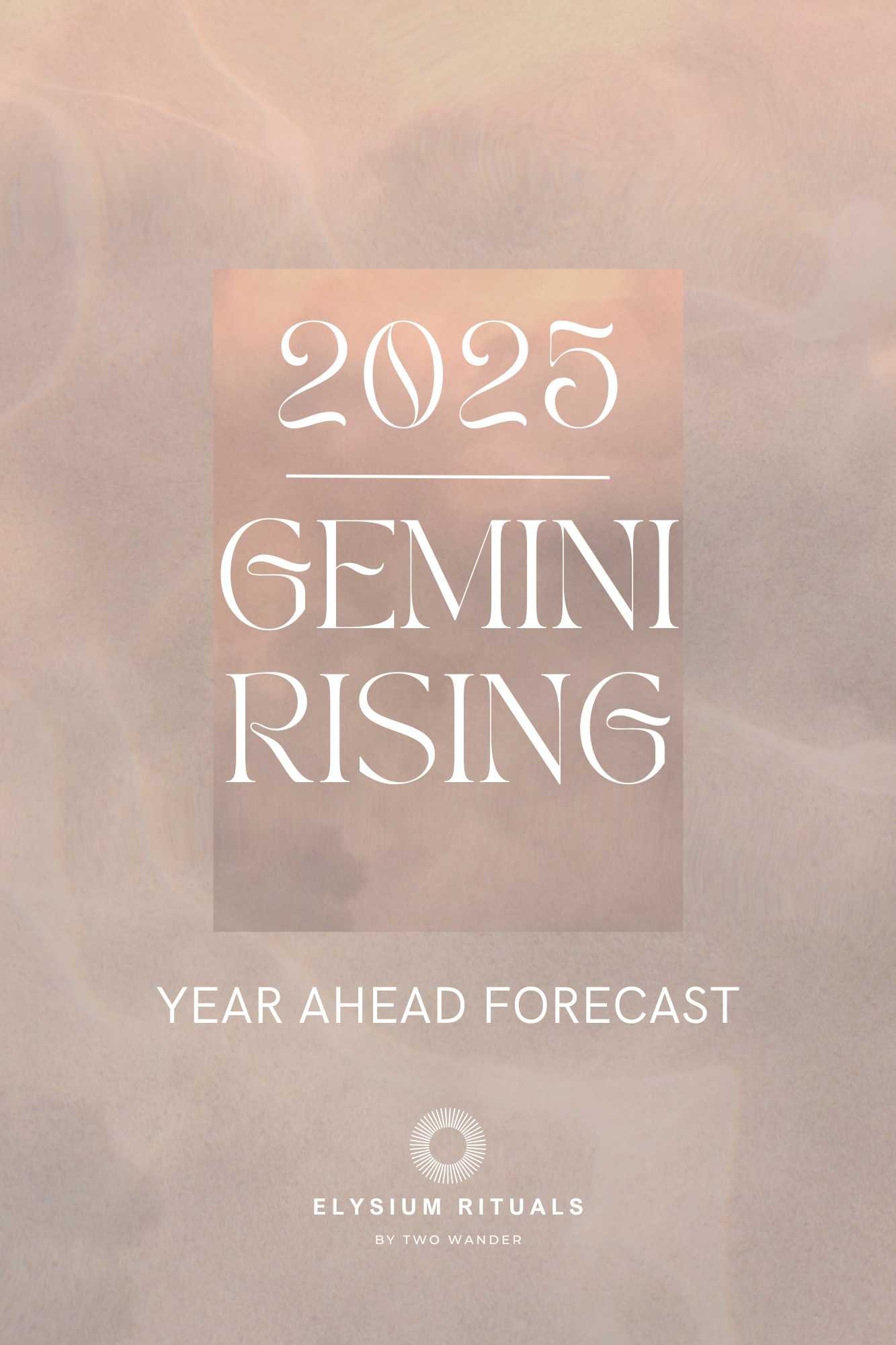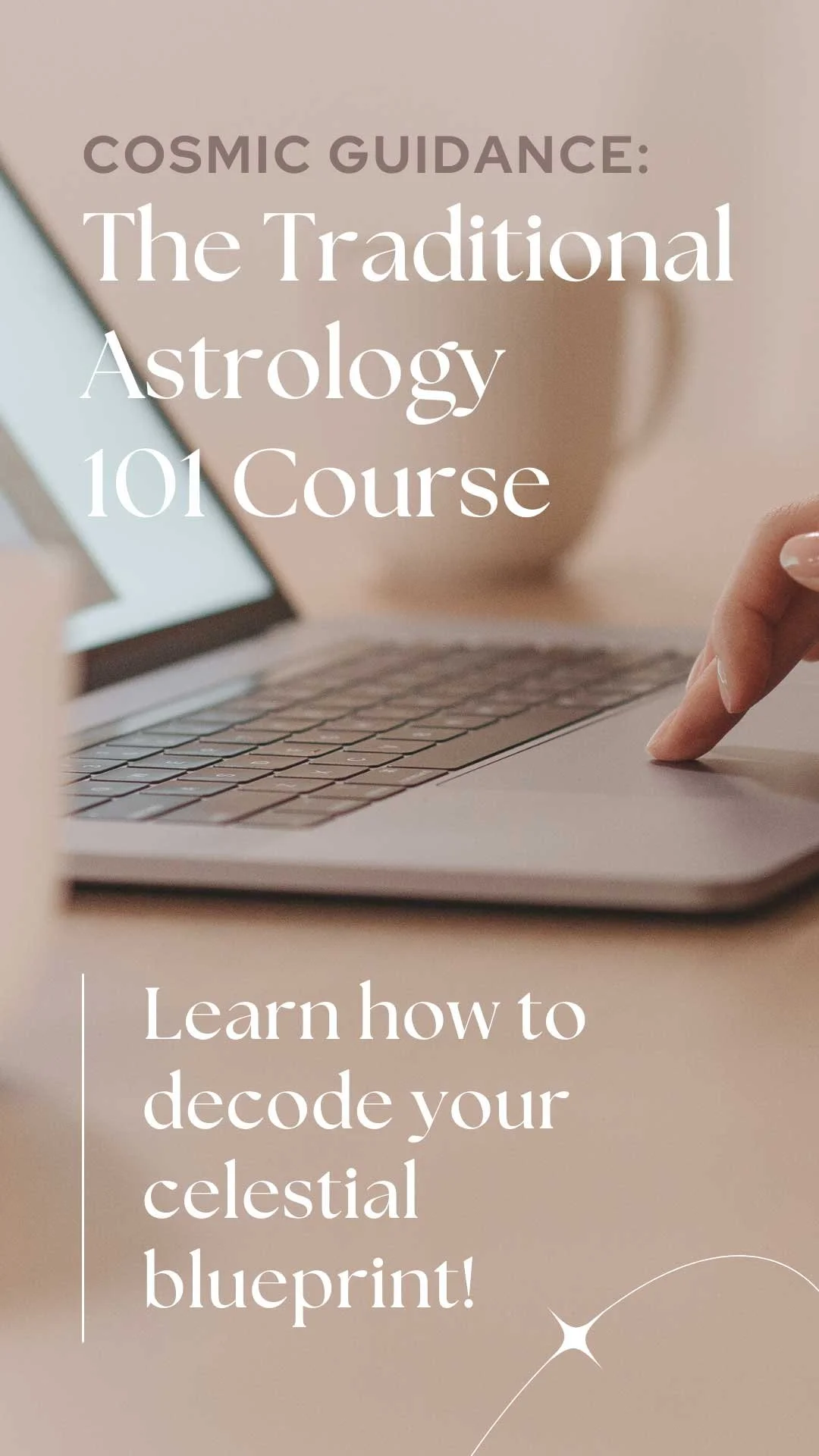What is Traditional Astrology?
This post may contain affiliate links, if you purchase through them we may receive a small commission at no extra cost to you. By using these links you are directly supporting us to continue creating free mystical musings. Thank you!
What is Traditional Astrology?
Traditional Astrology, which has been experiencing a revival since the 1990s with the new translations of ancient texts and gaining more traction in recent years, is the practice of Ancient Hellenistic Astrology that is founded in turn on Babylonian and Mesopotamian Astrology, further built upon by Islamic Astrologers and the Ancient Greeks and Romans, into the Medieval and eventually Renaissance period.
When referencing Traditional Astrology we are generally referring to Traditional Western Astrology as during the 18th and 19th Centuries it experienced the rise of “modern” Astrology with the discovery of the outer Planets (Uranus, Neptune, and Pluto) and the rise of psychology. Read on for what the key differences are:
What is Traditional Astrology?
Traditional Astrology generally refers to the type of Astrology that was developed in Mesopotamia and Babylonia some 2000-2500 years ago, then built upon in Arabian Astrology and the Ancient Greeks and Romans, and further into the Hellenistic and Medieval period and eventually the Renaissance period.
Among other things, some of the main features are the use of traditional rulerships, the essential dignity scheme, and predominantly a Whole Signs House system approach. It also has a focus on predictive Astrology with many useful techniques such as Zodiacal Releasing and Annual Profections being fundamental to it.
Traditional Planetary Rulership
The traditional Planetary rulership scheme is based on the main luminaries, the Sun and the Moon, each ruling one Zodiac Sign in the heart of Summer. As Western Astrology is seasonal, i.e. based on the seasons and passing of time and light (so when the Vernal Equinox occurs the Sun is said to enter Aries Season, not based on the constellations which is commonly thought- that is Eastern Vedic Astrology, read about the Fixed Stars here); the Egyptian calendar originally began with the flooding of the Nile in July- Cancer Season. The Sun followed suit in Leo Season.
The Planetary rulership schema can best be understood with the visual below, a representation of the main luminaries, source of life, and compass for passage on time here on Earth- the Sun and Moon- ruling over Cancer and Leo Season respectively. Then comes Mercury, the fastest Planet closest to the Sun, spanning the Signs either side of Cancer and Leo- Gemini and Virgo. Then comes the next fastest Planet, Venus, ruling over the next two Signs either side of those, Taurus and Libra; Mars is next fastest ruling over the Signs either side of those again, Scorpio and Aries. Then comes Jupiter ruling Sagittarius and Pisces, and finally Saturn ruling over the last two adjacent Signs, Capricorn and Aquarius.
This order from fastest to slowest moving Planet is called the Chaldean order.
What I particularly like about the ancient assignment of Planetary rulership is that it becomes more personal in a Natal Chart. With the modern assignment of Uranus, Neptune, and Pluto to Aquarius, Pisces, and Scorpio respectively, many generations will have the same Planet in the same Sign as they are so slow to move in the sky from our vantage point on Earth, making it more impersonal.
I also deeply appreciate and respect the knowledge that has come from 2000+ years of observation, data collection, analysis, and sharing cross-culturally Ancient Astrologers, rather than the modern projections of 200 years or so.
Something like traditional rulership assignment is very useful in the analysis of birth charts. For example, the Ascendant ruler is a fundamental concept, acting as the steerer of the ship of the Chart, amending the perception of the Rising Sign itself. If you are a Pisces Rising, for a Traditional Astrologer this means that Jupiter is your Chart ruler, and as it stays in a Sign per year, its placement in your Chart and the aspects it makes is more personal to you. In the modern take, this would mean that Neptune would be your Chart ruler, which stays in a Sign for almost 14 years, making it not so personal.
When the outer Planets are taken into consideration from a traditional perspective in a modern practice (because of course we can practice Traditional Astrology but we are still living in modern times), is when they make contact with one of the personal Planets (Sun, Moon, Mercury, Venus, Mars), sensitive angles (AC, IC, DC, MC), or are in one of the angular Houses (1st, 4th, 7th, 10th)- then their presence is felt personally.
Planetary Essential Dignities Scheme
The Planets are further broken down into categorisations called essential dignities. This dictates that each Planet is at home and strongest in one or two Signs (domiciled) and with significant assistance like an esteemed guest of honour in another Sign (exalted). Then, the Sign directly opposite its domicile is its place of detriment or exile where it can struggle to resource itself, and the Sign opposite its exaltation is where it is slightly challenged in its ability to perform its actions and may need to get crafty, like being in a foreign Airbnb (“in fall”).
This can be useful for mundane Astrology in tracking the energies of a period, as well as for Electional Astrology and Horary Astrology in particular (the Astrology of electing auspicious times and answering questions divinatorily respectively).
You can read more about the different essential dignities of each Planet here.
Then there are other subdivisions which act as a support to these dignities, such as “bounds”, also called terms, and “decans”, also called faces. These break down the 30º of each Zodiac Sign into five unequal or three 10º parts respectively, with each section being sub-governed by a Planet. This can add a little bit of extra strength to a Planet if it is in its fall for example. If the Sign is like the CEO, the bounds are like the manager and the decans are like the supervisor.
What this can look like is if we are analysing Mars in Scorpio, which is already naturally strong being domiciled, and it is in the first degrees of Scorpio which are also governed by Mars by bound and decan, well then it is extra strong here! Mars is also arguably happier in its Scorpio home than its Aries home because it also has triplicity rulership here.
Triplicity rulership is the assignment of each Planet to an elemental triad. So the Sun has a natural affinity for all the Fire Signs (logically) by day, as does Jupiter by night, being a hot and wet Planet temperamentally. The Moon has triplicity rulership in Earth Signs by night, as does Venus by day. Mercury has triplicity rulership in Air Signs by day and Saturn by night (being a cold Planet and the element of Air being cold and wet). Venus also has triplicity rulership in Water Signs by day as does Mars by night. And so, although Mars in Cancer is in fall (as it is opposite its exaltation, Capricorn) it does also have triplicity rulership, so it’s not totally blocked here.
What this can look like is instead of going about its Martial activities like an explosion or sniper in Aries and Scorpio, it does so indirectly like a crab. Within the first 6º of Cancer, it is also in its own bound.
William Lilly, a 17th Century Astrologer coined a points system that is useful for conceptualising the relative strength/weakness whereby a domiciled/detrimented Planet gains/loses 5 points, exalted/in fall is +-4 points, it gains 3 points if it has triplicity rulership, 2 points in its own bound, and 1 point in its own decan.
The concept of Chart Sect- whether it is a “day” or “night” chart is also quite fundamental and helps to illuminate whether the so-called benefics (Venus and Jupiter) and malefics (Mars and Saturn) are more or less benefic/malefic for a Chart. You can read more here.
Of course, when looking at all of this Natally, it does not mean that a placement is inherently “good” or “bad”, they just simply are. As a reflection of life and the Universe, there are more challenging and more easeful aspects, life is made up of a mix- this is what balance is. We can look at our Charts in this way to see where our sources of strength can come from and where we may need some extra support. In this, we can find great compassion for ourselves as well as validation, acceptance, and eventual empowerment.
Whole Sign Houses
Whole Sign Houses takes the degree of the Ascendant as the Rising Sign for the whole 1st House, then cycling through for each House aligning with a Zodiac Sign evenly. So for example, if you were born with your Ascendant at 17º Taurus, then your 1st House begins at 0º Taurus to 30º, and your 2nd House would be in Gemini and so on.
What I love about Whole Sign Houses is that it is the system from which many techniques were developed, such as the Planetary Joys scheme which gave a lot of meanings to the Houses, Planets, and Signs, as well as things like Annual Profections.
As an ecliptic based system, meaning it divides the ecliptic up for its House division (the apparent orbit of the Sun around the Earth), it also allows for the Midheaven, the highest peak the Sun reached that day, for it to be accurately reflected in the Chart, thus it can float anywhere in the top half of the Chart (and likewise for the IC below the Chart). This adds an excellent additional layer of interpretation!
For example, if we are studying Purpose and Vocation in the Natal Chart, we look to the Midheaven/10th House of Career. As in Whole Sign Houses the Midheaven may not always be in the 10th House, it gives us extra information to work with. As the Midheaven point is a sensitive angle, meaning it is more directly personal to you as it is time-sensitive and based off of your actual birth, studying it can often bring more insights that just the 10th House.
If we have a Sag Rising Chart, we would have the 10th House in Virgo; but the MC line could be in Libra in the 11th House. This brings a different set of characteristics and sensitive moments timings-wise. We would also then look to Venus, the ruler of Libra, rather than Mercury the ruler of Virgo, for more detail about the career.
It is also important to note that traditionally the Houses did not equal the Signs, although there are some similarities. So for example the 7th House does not “belong” to Libra. As each House is equivalent in size to the Sign using Whole Sign Houses it is easy to equate the two, but this is actually a modern concept. Sometimes by association this is extended to the Planets themselves, so Venus being at “home” in the 7th House, this is known as the 12 letter alphabet by modern astrologers. However, again, this goes against the traditional Planetary joys scheme mentioned above (where Venus is in its joy in the 5th House of Pleasure).
Modern Astrology also incorporates other celestial bodies such as the asteroids, and mathematical equations such as Black Moon Lilith, which in turn have their own use. As with all systems, there is use in both Traditional and modern Astrology, perhaps a marriage between the two such as the incorporation of the outer Planets in the way described above, can bring the most well-rounded approach.
There is much more to say about Traditional Astrology, the Lots for example are calculations fundamental to its practice and in use with techniques like Zodiacal Releasing. If you are interested in learning more about Traditional Astrology, Chris Brennan and Chani Nicholas are excellent to learn from. You can also see more suggestions in my post on How To Learn Astrology here.
Often, what is deemed “best” is simply what works for you, have a look at your birth chart and others’ through both lenses and see which resonates most for you. This is the beauty of learning the language of Astrology- we eventually each speak in our own Astrological accent.
If you would like to use ancient timing techniques (such as Zodiacal Releasing or Annual Profections), or practice Horary, Electional, Medical Astrology, or Astrological Magic however, generally Traditional Astrology is needed. But if you are interested in geolocational Astrology and Astrocartography, that is a modern development!
So that’s an overview of Traditional Astrology, I hope it’s insightful for you! Let me know in the comments section below if you have anything else to add or any other questions.
For personalised Astrology readings, book in a 1:1 Year Ahead session with me!
To uncover the secrets of the cosmos yourself, enrol in our Traditional Astrology 101 course! Or for a small taster, get our Beginner’s Astrology Guidebook.
For a monthly horoscope + Astro guidance instead- join me in the EXCLUSIVE Spirit Subscription ✨ Or for a free weekly horoscope, sign up to the newsletter below.
And for your own 2023 horoscope, get your Zodiac Year Ahead Forecasts or the whole 2023 Astrology Report!

















